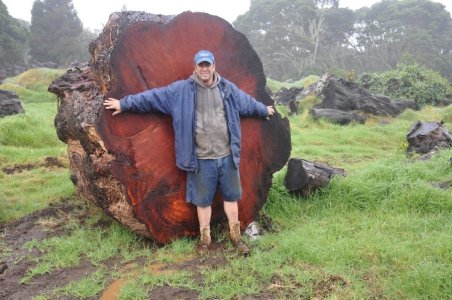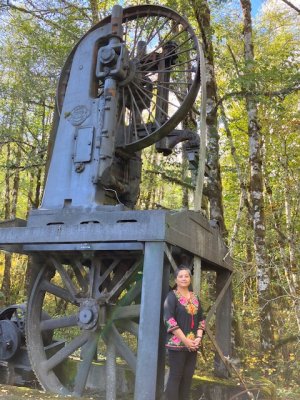Pete Howlett
Well-known member
There is practically next to nothing in the form of a series at YT on using CNC technology for inlaying. I'm slowly putting together an introductory video on the subject. Now before the inlay police jump to the keyboard, this is not for those who aspire to the level of artistry and technique exhibited by the well-known and much-loved (by me especially) luthiers who post here. This is for those like me who struggle with a dremel and jewelers saw and want to do something more than just dot a fretboard. If you are interested please comment. Your responses will determine if I keep this to my FB tribe or make a separate series channel on YT.
DISCLAIMER
If you have strong views on the use of CNC routers in luthiery please keep them to yourself or start another thread on the matter. I'm not looking for advice, or a fight nor am posting to justify my use of this technology. I'm sorry I have to write this disclaimer. I just want to know if there will be any interest from this community in learning a different approach to inlay by one who is artistically and physically challenged.
Thanks, folks. 1st video will be on choosing a machine, the software to run it, and the tooling you will need to execute inlays like this in black, gold and white MOP: And yes, the 'hand-cut' look is simulated on purpose. You will note there is no filler around the border.
DISCLAIMER
If you have strong views on the use of CNC routers in luthiery please keep them to yourself or start another thread on the matter. I'm not looking for advice, or a fight nor am posting to justify my use of this technology. I'm sorry I have to write this disclaimer. I just want to know if there will be any interest from this community in learning a different approach to inlay by one who is artistically and physically challenged.
Thanks, folks. 1st video will be on choosing a machine, the software to run it, and the tooling you will need to execute inlays like this in black, gold and white MOP: And yes, the 'hand-cut' look is simulated on purpose. You will note there is no filler around the border.




